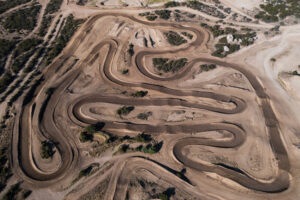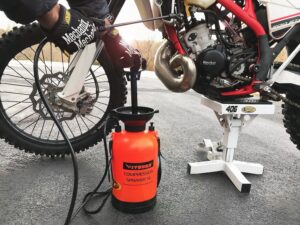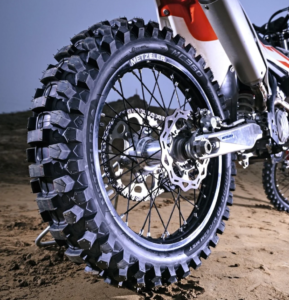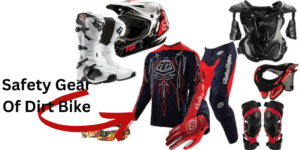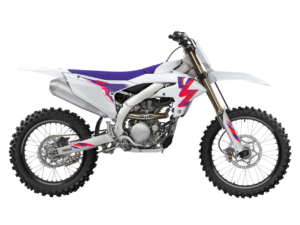15 Important Dirt Bike Racing Rules
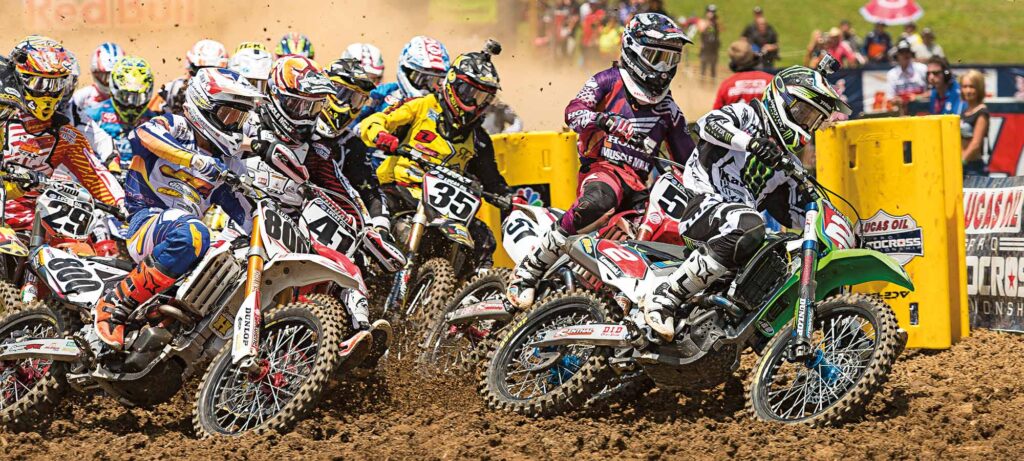
The behavior and security of riders during off-road racing competitions are governed by dirt bike racing rules. These regulations include a variety of topics, such as rider conduct, equipment requirements, track conditions, and racing protocols. They are intended to guarantee fair competition and safeguard participants’ health. The legitimacy and safety of dirt bike racing competitions depend on adherence to these regulations. Riders should get familiar with the unique rules and guidelines of the competition in which they are taking part, as they might change across several categories of dirt bike racing, including motocross, enduro, and cross-country racing.
1. Rider Eligibility and Safety Gear
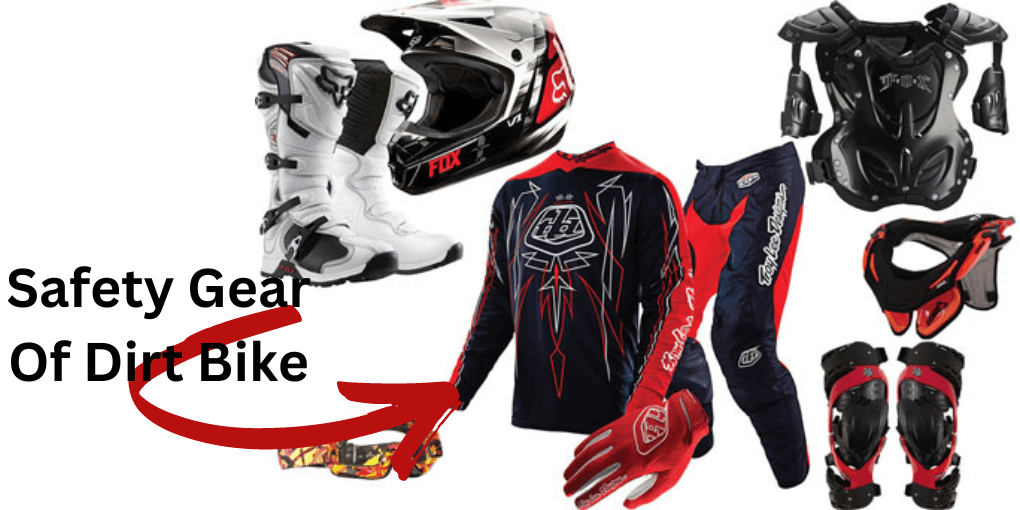
Safety equipment and rider eligibility are essential for safe and responsible dirt bike riding. To make sure your experience is secure and enjoyable:
Riders must adhere to regional age and license standards.
To prevent injuries, proper safety equipment is required, including a helmet, goggles, gloves, riding boots, and body armor.
For an off-road ride that is both safe and fun, adherence to local laws, trail access requirements, and appropriate riding techniques is essential.
2. Bike Inspection and Requirements
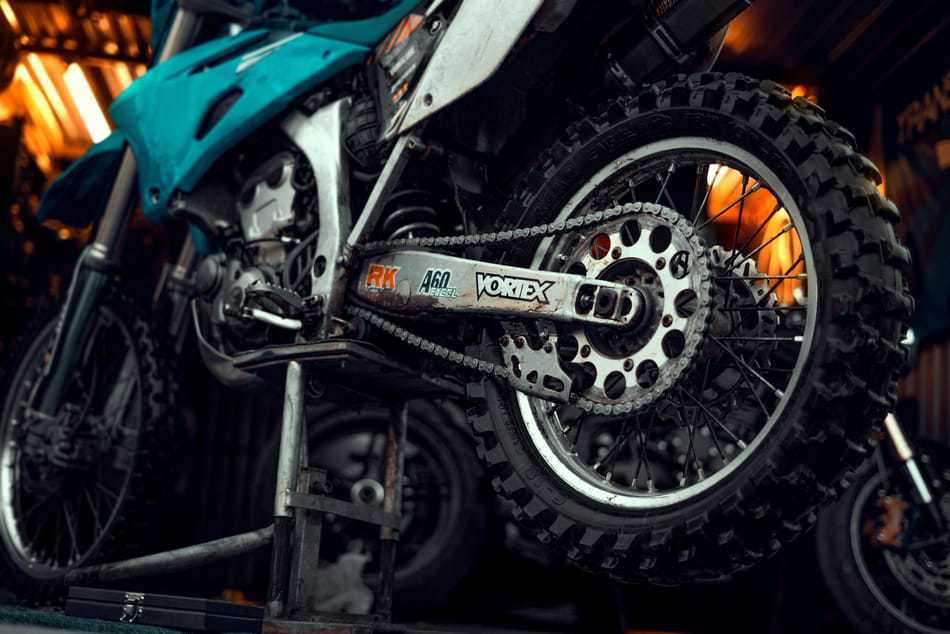
An extensive check of the motorbike is part of a dirt bike inspection to make sure it complies with safety and performance standards. The engine, brakes, tires, suspension, lighting, and controls are a few examples of crucial parts that should be checked. Maintaining rider safety, extending the life of the bike, and adhering to regulatory requirements all depend on thorough inspections. To guarantee a safe and comfortable ride, riders should make these inspections often and take care of any concerns right away.
3. Track and Course Regulations

Off-road motorcycle tracks and trails are built and used according to a set of rules and regulations known as dirt bike track and course regulations. These rules are designed to preserve the environment, rider safety, and municipal legislation. Typically, they address topics including rider behavior, land use permissions, noise restrictions, safety measures, track design, and environmental preservation. Maintaining a safe and sustainable riding environment while minimizing the impact on nearby people and ecosystems requires adherence to these standards.
4. Starting Procedures
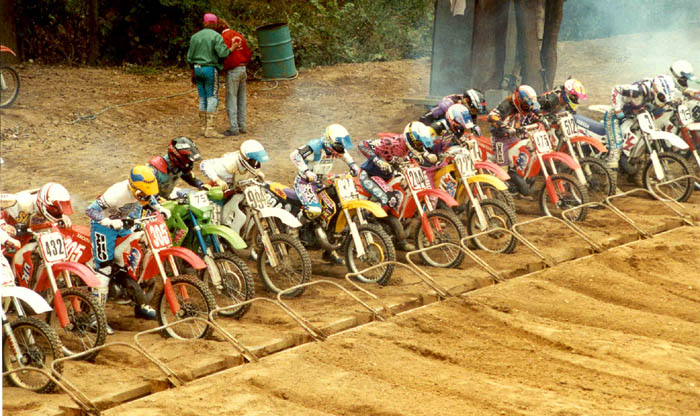
- Gate or Line Starts: Races frequently begin with gate or line starts, in which riders line up in rows and wait for the signal to begin.
- Staggered Starts: Riders are issued in staggered intervals in various forms to lessen the likelihood of congestion.
5. Dirt Bike Riding Behavior and Sportsmanship
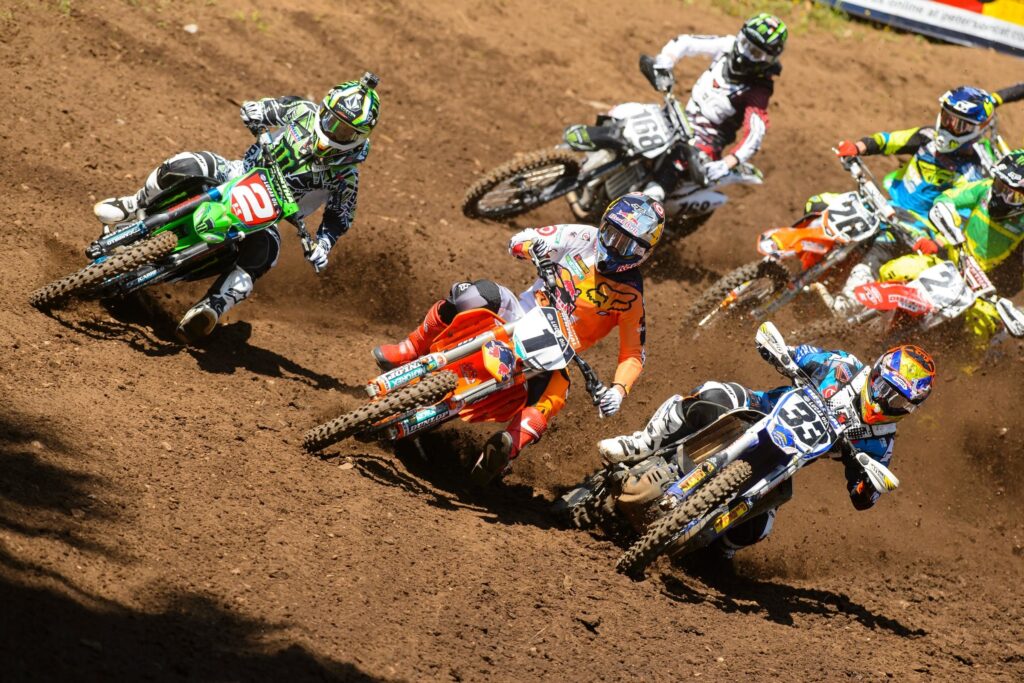
Off-road motorcycle riding conduct and sportsmanship are critical components. Riders are required to act responsibly and respectfully both on and off the path. This involves adhering to safety requirements, being environmentally conscious, and demonstrating regard for other riders. Sportsmanship is essential, with the dirt biking community promoting fair play, ethics, and brotherhood. Following these principles promotes a good and safe riding experience for all riders.
6. Scoring and Timing
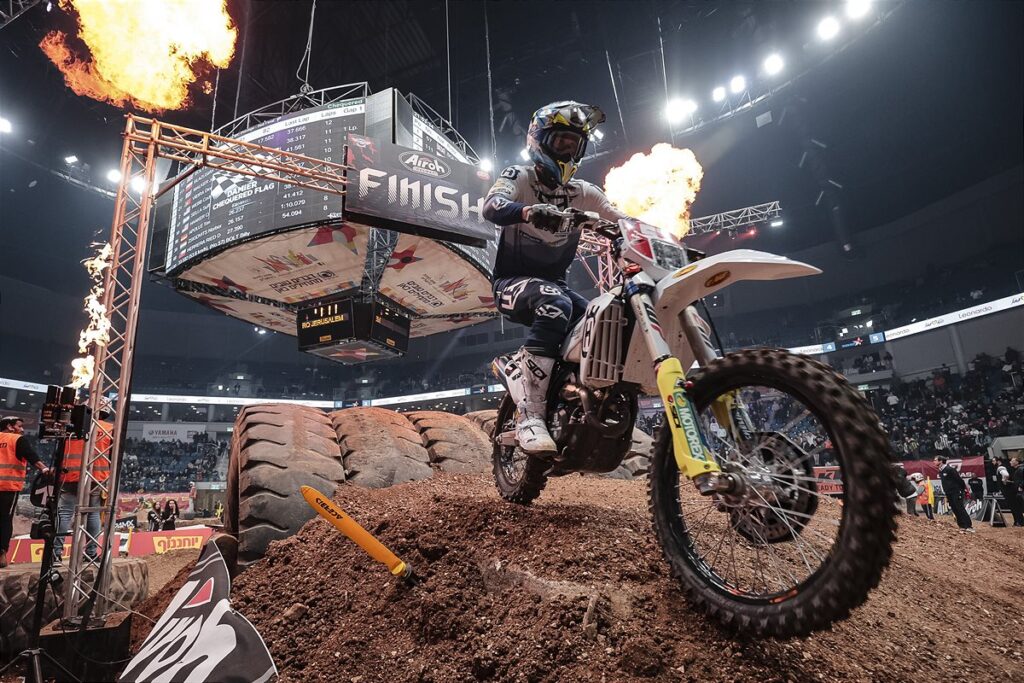
Off-road motorcycle competitions and tournaments need the use of scoring and timing systems specifically designed for dirt bikes. The performance of the riders is properly tracked and recorded by these technologies, including lap timings, total race times, and checkpoint information. They are essential in choosing race winners, tracking rider progress, and giving competitors and spectators real-time data. Electronic technology, including as transponders and GPS, is frequently used in contemporary dirt bike scoring and timing systems to assure accuracy and efficiency in the tracking and management of racing events.
7. Penalties and Disqualifications

Penalties and disqualifications are critical in dirt bike racing for ensuring fair competition and rider safety. Penalties may be assessed for a variety of offences, including rule breaches, risky riding conduct, and failure to follow racing instructions. Depending on the severity of the crime, these penalties can vary from time penalties that add to a rider’s total racing time to fines or even suspension from future races. Disqualifications, on the other hand, are the most severe penalties and are normally reserved for serious rule infractions, cheating, or endangering the safety of other riders. The imposition of fines and disqualifications emphasizes the significance of preserving the integrity and safety of dirt bike racing by requiring contestants to follow set rules and regulations while competing for victory on the difficult off-road circuits.
8. Rider Protests and Appeals
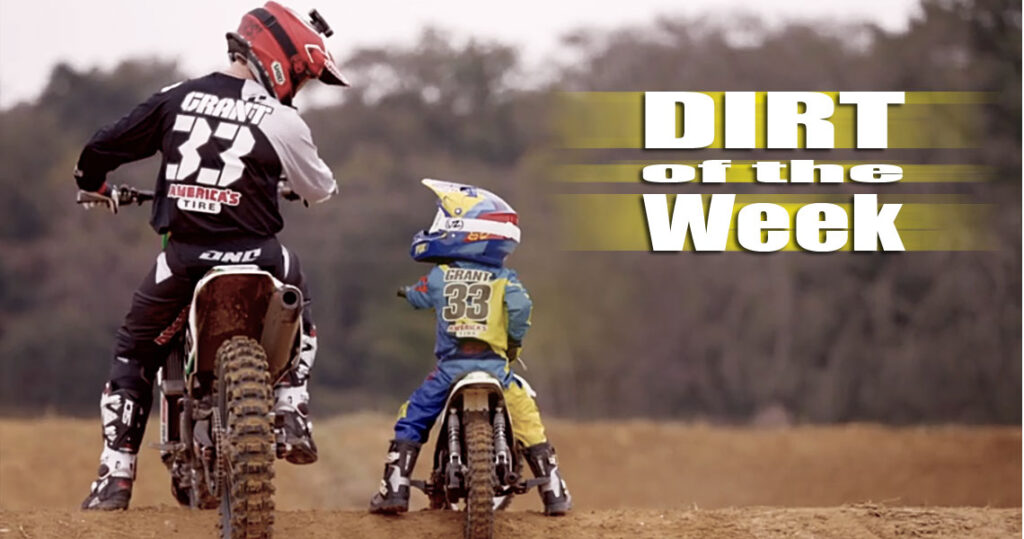
Protests and appeals by dirt bike riders are an important component of the competitive off-road racing industry. These procedures provide riders and teams the opportunity to express their concerns or objections to race-related decisions, fines, or rule interpretations. Rider objections are often filed when a rider thinks an unjust judgment or infraction occurred during a race. Appeals, on the other hand, give a formal forum for contesting the outcomes of demonstrations or other race-related conflicts. To maintain fairness and the integrity of the sport, the appeal procedure include a comprehensive evaluation of the occurrence or decision, frequently by a governing body or race officials. Such methods are critical to ensuring openness and accountability in the world of dirt bike racing, eventually contributing to the sport’s future growth and development.
9. Medical and Emergency Procedures
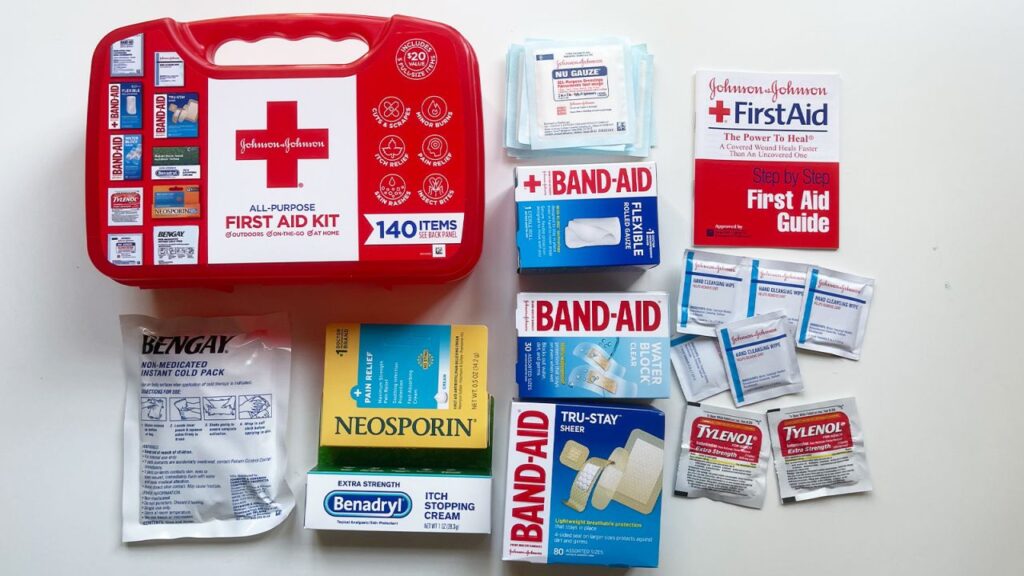
To ensure riders’ safety and wellbeing when riding dirt bikes, medical and emergency protocols are of utmost significance. Fans of dirt bikes sometimes find themselves in hazardous and secluded locations where accidents might occur. Riders, event planners, and support crews must all be well-prepared for a variety of medical emergencies in this high-risk sport. This entails having access to first aid supplies readily available, trained medical workers on-site, and the know-how to address typical injuries like fractures, concussions, and abrasions. Due of the potential distance between riders and conventional medical facilities, prompt reaction and communication are crucial. Additionally, limiting injuries is also aided by the usage of safety equipment including neck braces, body armor, and helmets. In order to ensure that riders may safely follow their passion while avoiding risks and successfully handling unanticipated problems, dirt bike medical and emergency protocols are a crucial component.
10. Spectator and Crew Rules
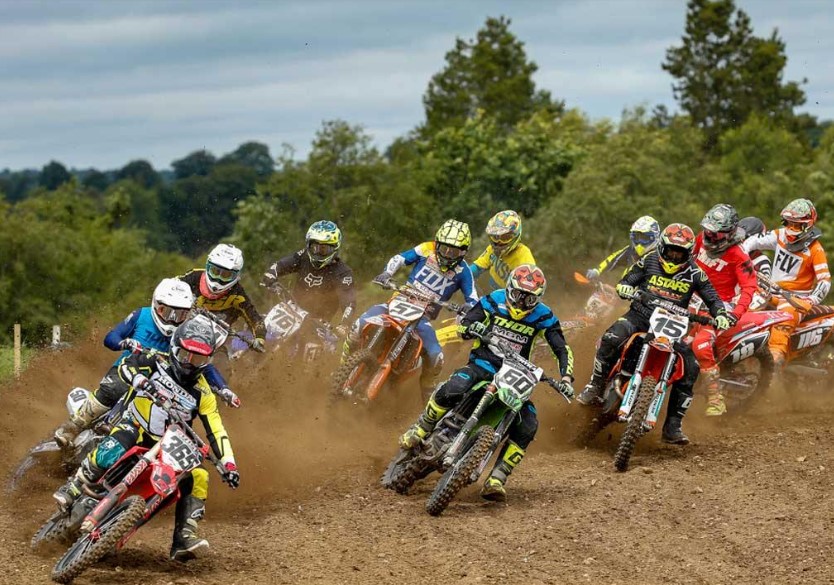
Rules for spectators and crew members are essential at dirt bike races to guarantee the security of both competitors and spectators. These guidelines are intended to keep things in check, avoid mishaps, and make everyone feel comfortable. Typically, spectators must remain inside designated viewing areas, keep a safe distance from the racetrack, and refrain from entering the track while a race is in progress. They need also adhere to rules regulating noise levels, trash, and the use of drones or unlicensed recording devices. The crew members’ job is to assist the riders, and they are often expected to stay in designated pit areas, wear the proper safety gear, and follow safety protocols when fuelling or maintaining the motorcycles. These guidelines not only help the event run well, but they also put everyone’s safety first, guaranteeing that all dirt bike fans have a good time.
11. Event Cancellation and Postponement
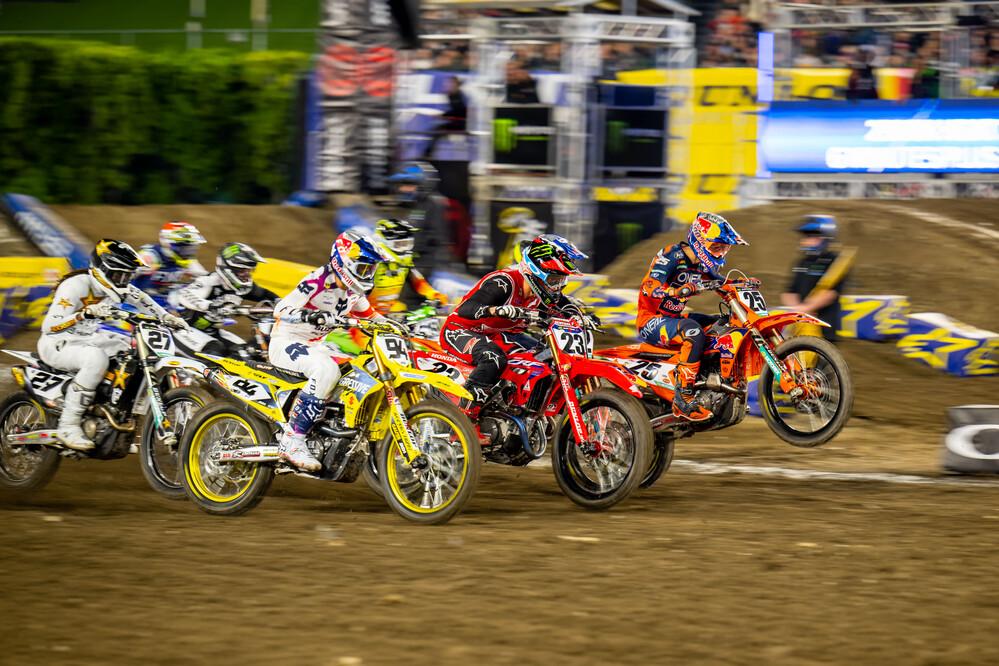
Events involving dirt bikes are frequently called off or moved, especially in the competitive worlds of motocross and off-road racing. These choices are frequently made as a result of a variety of elements, including as unfavorable weather conditions, worries about track safety, or unforeseeable events like the COVID-19 epidemic. Event planners prioritize safety and fair competition, which informs their choices to postpone or completely cancel races as needed. Postponements provide organizers the chance to evaluate and reduce hazards so that riders and spectators may still enjoy the sport without jeopardizing their safety. Despite the difficulties, the dirt bike community has shown its tenacity by remaining committed to the sport and anxiously anticipating the chance to crank their engines and go back on the track when circumstances permit safe and exhilarating races.
12. Drug Testing and Anti-Doping Policies
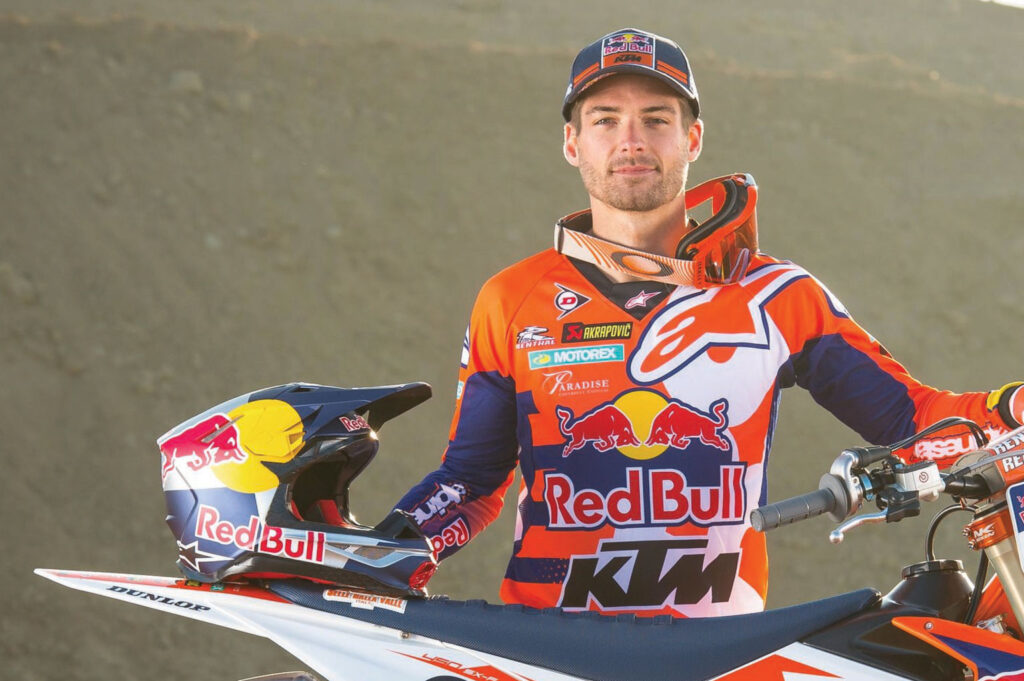
Dirt bike racing, like many other professional sports, has strict drug testing and anti-doping procedures in place to promote fair competition and rider safety. These regulations are in place to identify and discourage the use of performance-enhancing chemicals and recreational drugs, which might give players an unfair edge or endanger the sport’s integrity. To preserve accuracy and openness, the testing procedure normally comprises random screenings, both in and out of competition, and adheres to set norms. The dirt bike racing community demonstrates its dedication to a level playing field, rider welfare, the maintenance of the sport’s reputation and honor by respecting these drug testing and anti-doping standards. These rules must be followed by riders in order to promote an ethical culture and fair competition within the sport.
13. Technical Rule Updates
Off-road motorcycle racing’s safety, fairness, and competitiveness depend on revisions to the technical rules for dirt bikes. These updates frequently include a wide range of topics, such as tire options, weight restrictions, suspension settings, and engine specs. All competing bikes must fulfill stringent technical requirements in order to level the playing field and maintain safety regulations. These rules are not only intended to control the machinery, but also to promote innovation by pressuring manufacturers to create components that are better, more effective, and more resilient. While attempting to create a balance between history and technological innovation and improving the overall racing experience for both riders and spectators, the ongoing growth of technical regulations reflects the dynamic character of dirt bike racing.
14. Protest Resolution and Appeals Process
In order to preserve fairness and integrity in competitive events, the protest resolution and appeals procedure in dirt bike racing is crucial. A rider or team may start a protest when they feel that a rule has been broken or that a controversial judgment has had an impact on their race results. Race officials must begin a full investigation to evaluate the legitimacy of the protest. If a protest is upheld, a correction may be made to the race’s results or penalty structure. In order to ensure accountability and openness in their operations, the sport’s governing organizations provide riders and teams with the opportunity to appeal these judgments. This procedure emphasizes the value of adhering to the rules and regulations while giving participants a way to look for a just conclusion in the spirit of friendly competition.
15. Points, Championships, and Awards
Throughout the years, the thrilling and exhilarating motorsport of dirt bike racing has generated a wide range of spectacular points, championships, and medals. Riders from all around the world have displayed their abilities and tenacity in a variety of off-road categories during these intense championships. Riders on dirt bikes test their speed and dexterity on difficult terrains by competing in championships like motocross, enduro, and supercross. They exhibit extraordinary ability and determination as they fight for sought honors and titles including the Motocross World Championship, the AMA Supercross Championship, and the International Six Days Enduro. These competitions not only honor the riders’ skill but also serve as a showcase for the vibrant culture and community that surround dirt bike racing, inspiring both fans and competitors.
distinct racing organizations, disciplines, and venues may have distinct dirt bike racing regulations. To guarantee a safe and fair racing experience, riders, teams, and spectators should get familiar with the specific rules and regulations of the event they are taking part in or attending.
FAQ About Dirt Bike Racing Rules
1. What is the difference between motocross, supercross, and enduro racing?
- Motocross involves closed-circuit, off-road racing on natural terrain with jumps and obstacles. Supercross is similar but typically held on constructed tracks in arenas. Enduro racing focuses on long-distance off-road races, often incorporating elements of navigation and endurance.
2. How are dirt bike races classified by age and skill level?
- Dirt bike races are typically categorized into classes based on age and skill level. Common classes include Youth, Novice, Intermediate, Expert, and Pro. The age divisions can range from young children to seniors.
3. What safety gear is mandatory for dirt bike racing?
- Mandatory safety gear often includes a DOT-approved helmet, goggles, gloves, long-sleeve jerseys, pants, boots, and body armor. Riders are also encouraged to wear neck braces and kidney belts for added protection.
4. What are the rules for passing and overtaking other riders during a race?
- Passing rules vary by race type, but generally, overtaking should be done safely and without contact. Riders are usually required to yield to faster riders in a safe manner.
5. Are there rules regarding track boundaries and course cutting?
- Riders are typically expected to stay within marked boundaries and not cut the course. Course cutting or leaving the track can result in penalties or disqualification.
6. How are race starts and holeshots determined?
- Race starts vary by type. In motocross, riders line up in a gate, and the starting gate drops to begin the race. In enduro, riders may start individually at intervals. Holeshot winners are typically the first rider to reach a designated point after the start.
7. What are the rules for pit stops and refueling during an enduro race?
- Enduro races often allow pit stops for refueling and maintenance, but these must be carried out within designated pit areas. Riders are not allowed to receive outside assistance except in specified circumstances.
8. How is scoring and race duration determined in dirt bike racing?
- Scoring systems and race durations vary by event and organization. Races can be timed, have a set number of laps, or use a combination of both. Scoring typically awards points based on finishing position.
9. Are there rules against dangerous riding and aggressive behavior?
- Dirt bike racing organizations usually have rules against dangerous riding and unsportsmanlike behavior. Such actions can result in penalties, disqualification, or suspension.
10. What happens if a rider violates a rule during a race? – Penalties for rule violations can include time penalties, fines, disqualification, or suspension, depending on the severity of the infraction.
11. Can spectators attend dirt bike races, and are there rules for spectator behavior? – Spectators are usually allowed at races, but they are expected to follow safety guidelines and respect boundaries. Encroaching on the racecourse or interfering with the race can lead to ejection from the event.
12. Where can I find the specific rules and regulations for a particular dirt bike race or organization? – The rules and regulations for specific dirt bike races or organizations are typically available on their official websites or through race organizers. It’s essential to review the rules and regulations before participating in or attending a race.
Please note that rules and regulations can vary between different dirt bike racing organizations and events, so it’s important to familiarize yourself with the specific rules for the race you plan to participate in or attend.
